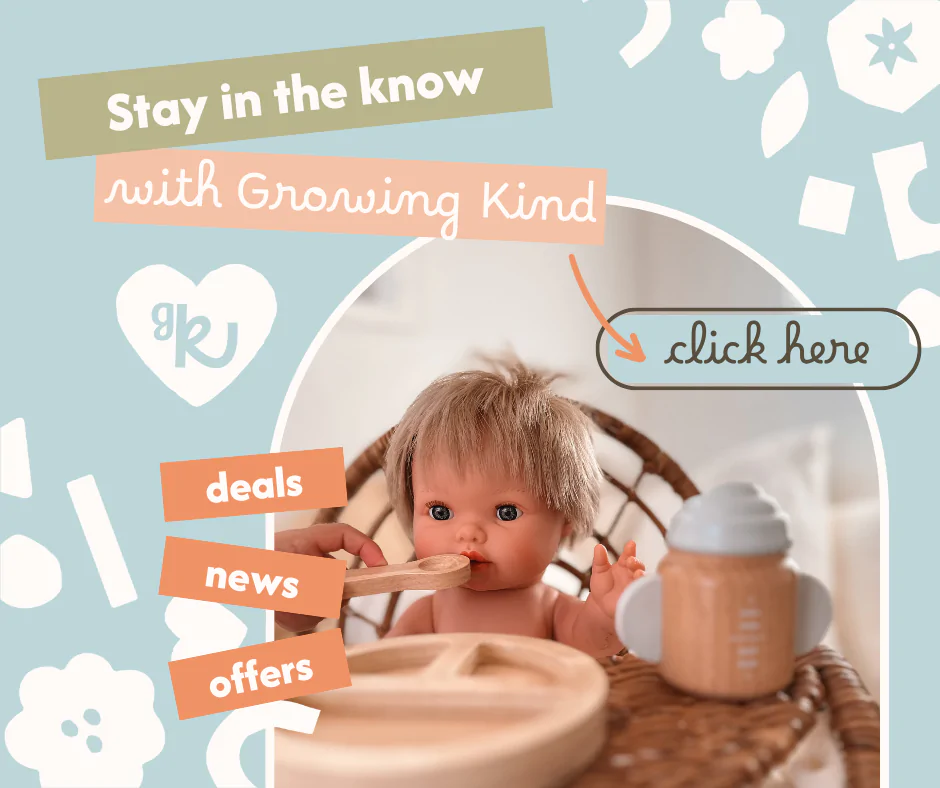What is Mark Making?
Have you ever watched a child hold a pencil for the first time and scribble across the paper? The chances are that the mark they left on the paper didn’t resemble anything other then some swirls or a scribble, but mark making is so much more than scribble. Mark making is the very first step towards learning to write, but it is also a powerful way that children naturally and curiously make sense of the world around them. The process or action of making physical marks is called ‘mark making’. It doesn’t just occur with pencils, it can occur anywhere marks can be left. It could be with paint, chalk, crayons, a finger in food or stick through sand, or even the mist on a shower screen. Children are naturally driven to mark mark, as it meets their sensory and physical needs. Mark making is also a powerful form of communication, as children (even non-verbal) can freely express themselves and be creative.


The Natural Evolution of Mark Making
Children’s mark making generally starts as scribble or unformed line. As children’s muscles develop, so do their hand control, wrist rotation, fine-motor skills and pencil grip. Below is a typical evolution of mark making in a child:
As children’s muscles and strength develop, their pencil grip will also change. Below is a typical development of pencil grip, though every child is different and development is not always linear:
Note: You can work on children’s pencil grip by developing fine motor kills, check out our ‘Fine Motor Skills‘ blog for ideas.
How to encourage Mark Making
Mark making can be encouraged by giving children access to age appropriate materials.
For toddlers give them access to different marking tools such as pencils, chunky crayons, water pipettes or edible paints. You can explore different bases such as junk mail, paper towel, the sandpit or the pavement.
For children over 3 years, provide an array of writing tools such as pencils, paper, textas, crayons, paint, water colours, paint brushes, whiteboards and more. You can also provide visual prompts such as words to copy, books, mail boxes and more. Create fun and real world tasks that encourage mark making like writing a shopping list, or a letter to Santa.
The most important part is to have fun, and model writing for a variety of reasons.







